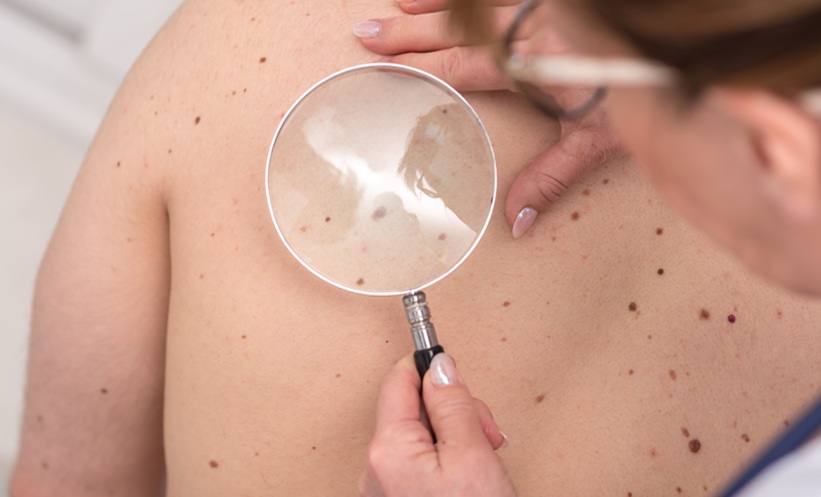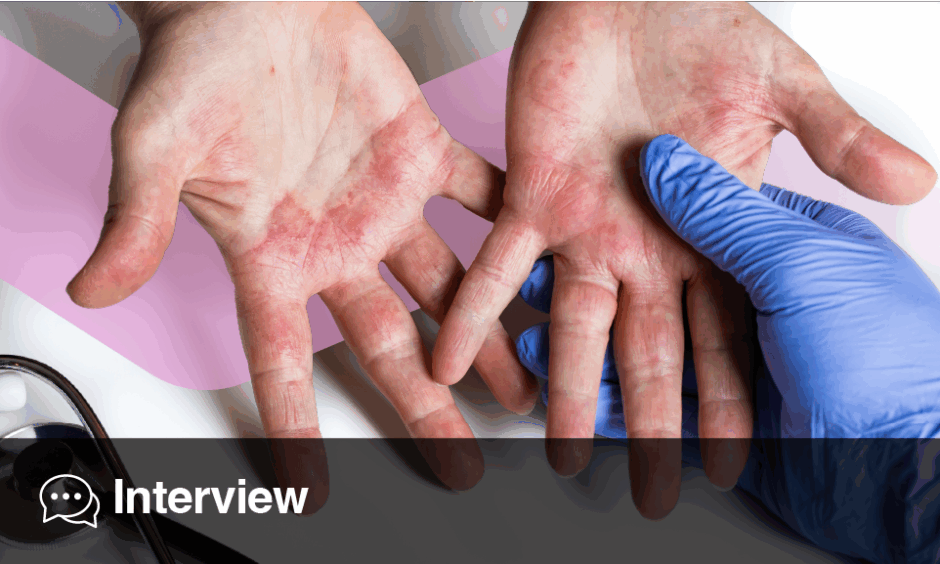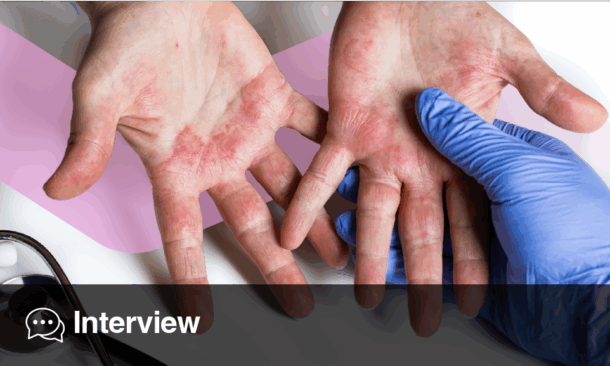CUTANEOUS melanoma (CM) remains a growing public health concern in Canada, with over 11,000 new cases projected in 2024. CM ranks as the country’s eighth most common cancer, and incidence rates continue to rise. Despite clear links between ultraviolet (UV) exposure and melanoma risk, new findings reveal troubling trends in sun-related behaviours across Canadian society.
A large-scale study analysed data from over 77,000 interviews conducted through the Canadian Community Health Survey (2011–2018), representing more than 21 million Canadians. The findings show that a majority, 75.5%, spend at least 30 minutes in the sun during peak UV hours on summer days off, with nearly half (45.7%) spending two hours or more. Alarmingly, 33.3% reported having a sunburn in the past year, and most admitted to rarely or never using sunscreen, 64.3% for the body and 58.1% for the face.
The study identified significant disparities across age, income, and ethnicity. Young adults (18–29 years) had the highest UV exposure and sunburn rates, and were least likely to use protective clothing. Cost and limited accessibility to sun protection products may also play a role, with low-income groups less likely to use sunscreen, likely due to its high cost and lack of tax exemptions in Canada.
Conversely, higher-income groups were more likely to use sunscreen but also had higher rates of tanning bed use, possibly reflecting differing lifestyle choices and aesthetic preferences. Ethnic minorities, Indigenous populations, and immigrants were less likely to use sunscreen, though more inclined to wear long clothing. This may reflect cultural norms or misconceptions about their relative risk of UV damage.
The study underscores a pressing need for targeted public health strategies and equitable access to sun protection. Education campaigns and policy reforms, such as tax exemptions on sun protection products, could help reverse these dangerous trends. As melanoma remains largely preventable, early intervention through behaviour change could significantly reduce future disease burden across Canada.
Reference
Moustaqim-Barrette A et al. Evaluating UV exposure and skin cancer prevention behaviours in Canada: a national population-based cross-sectional study. BMJ Public Health. 2025;3(1):e001983.








